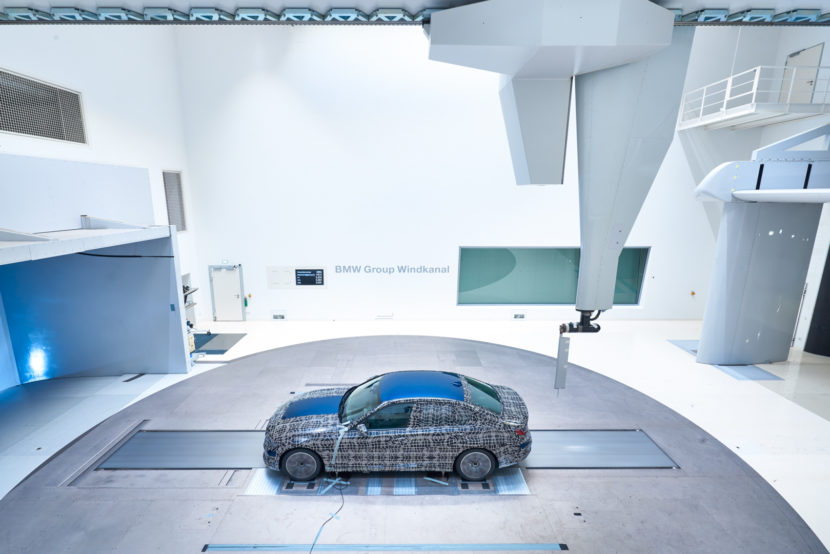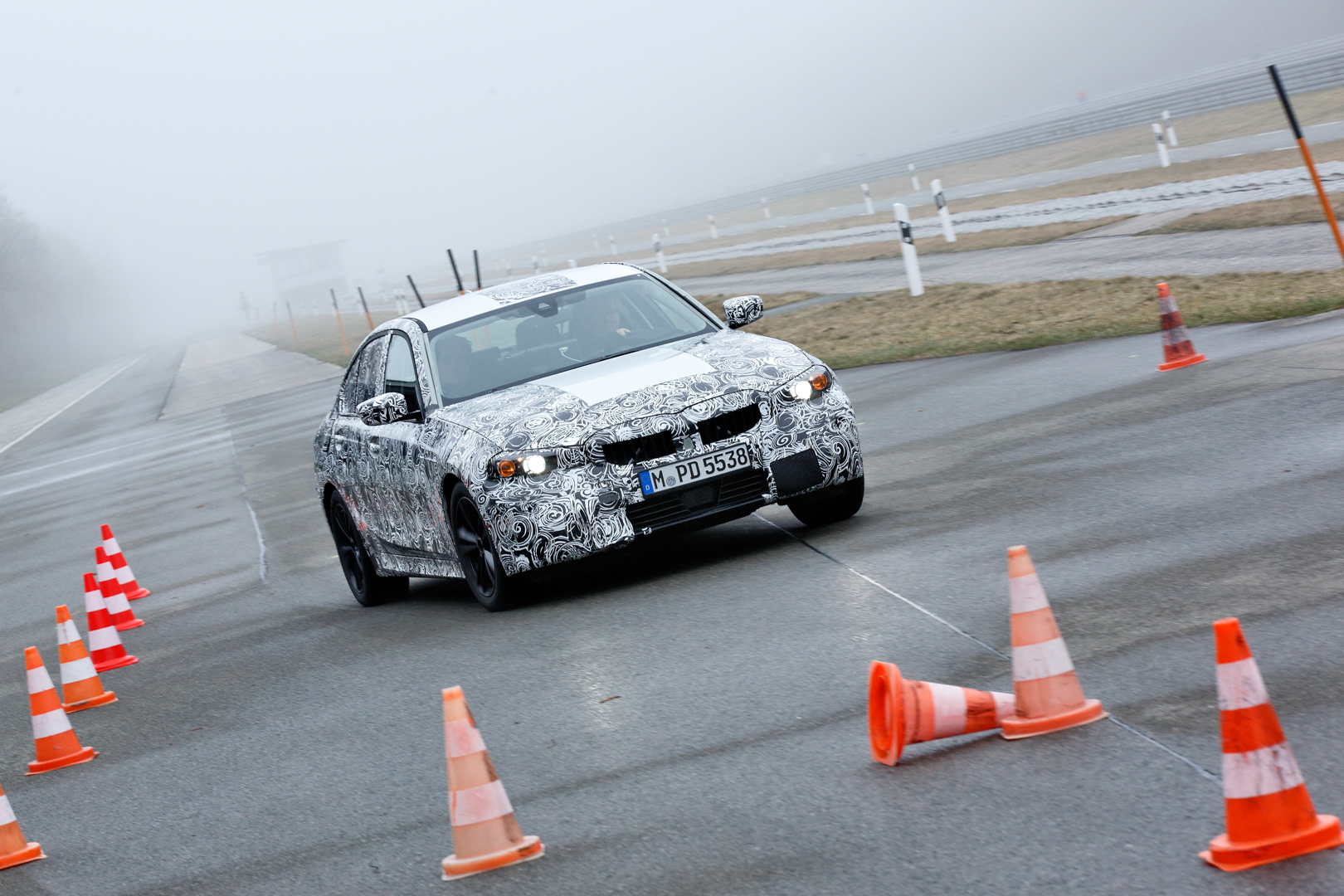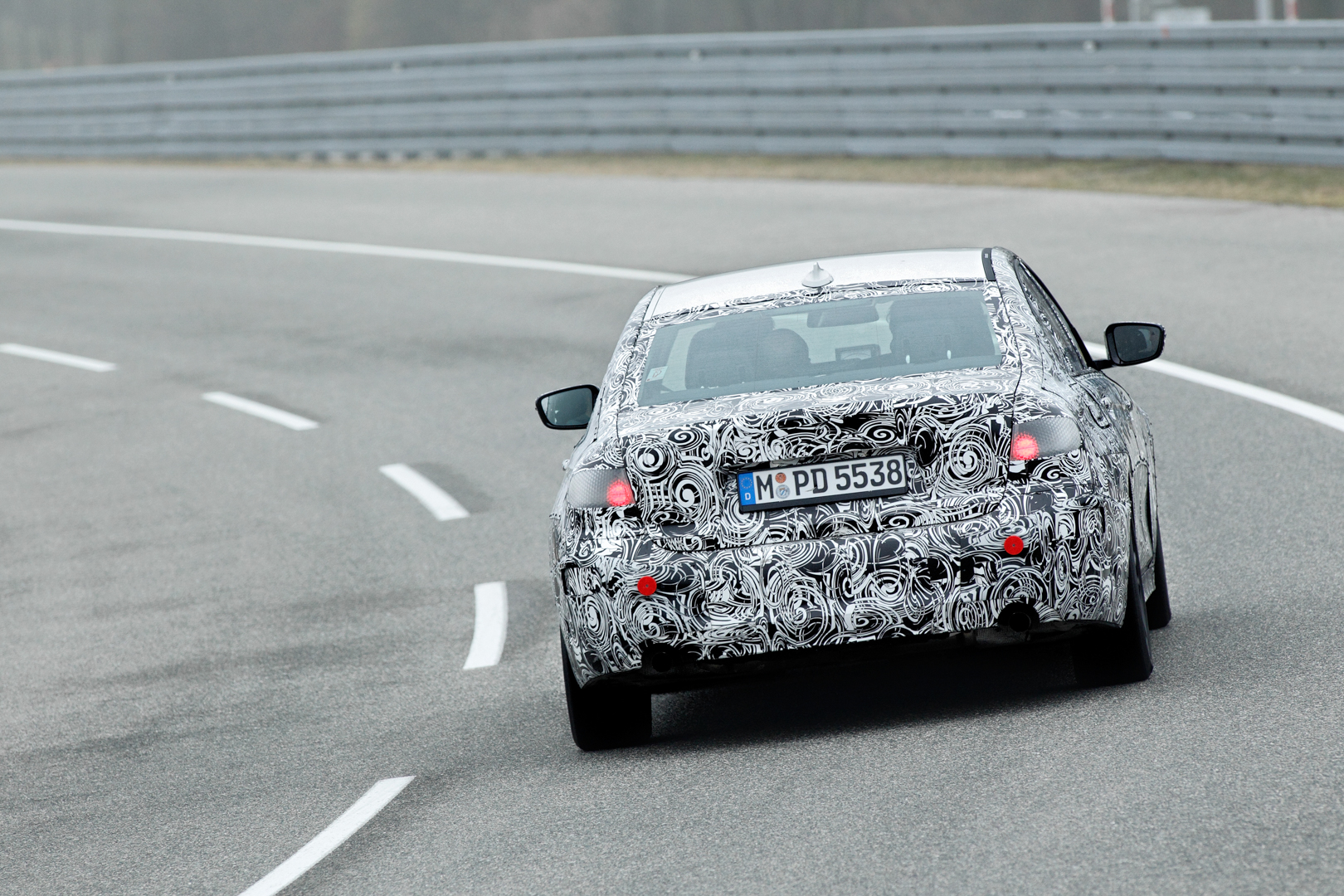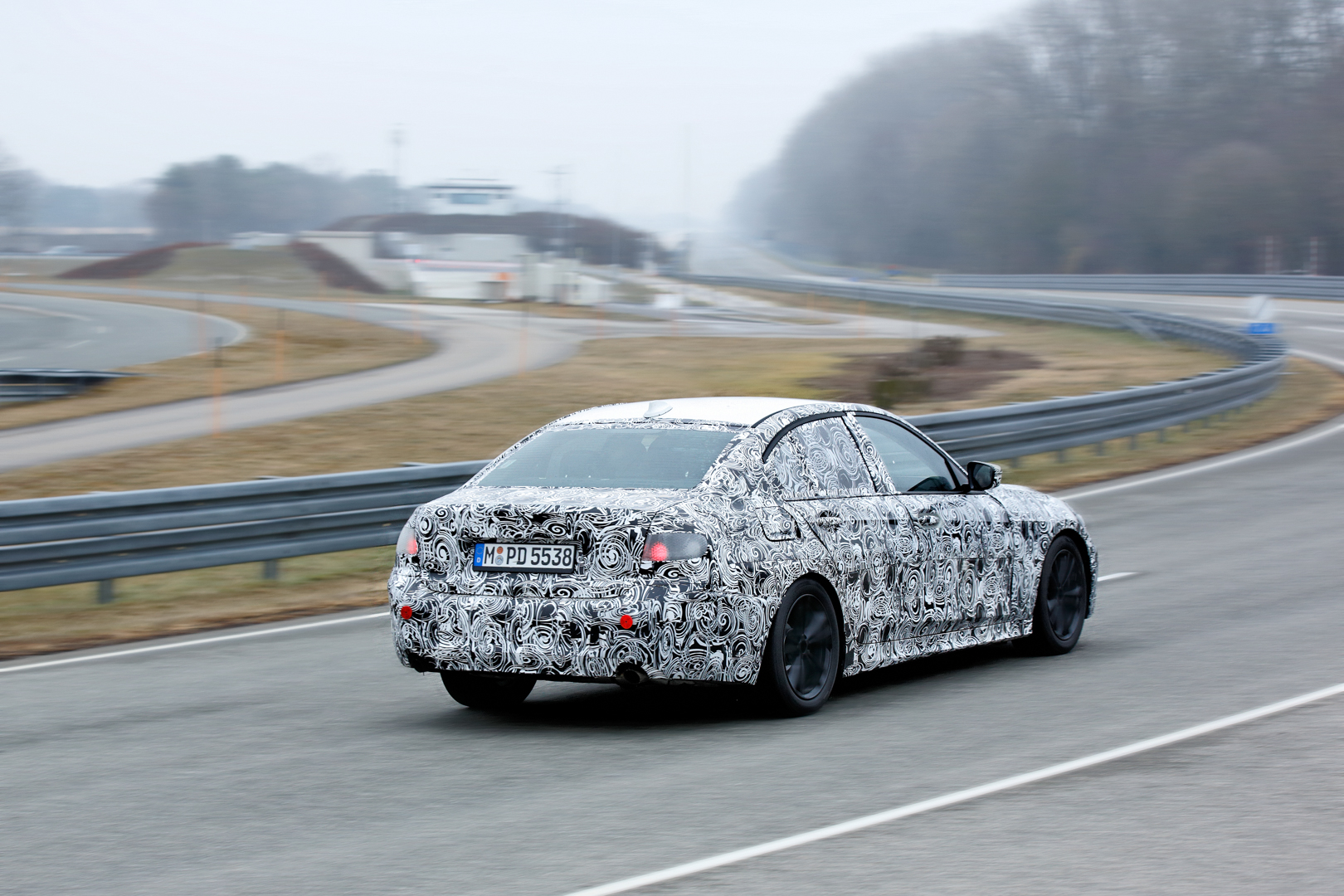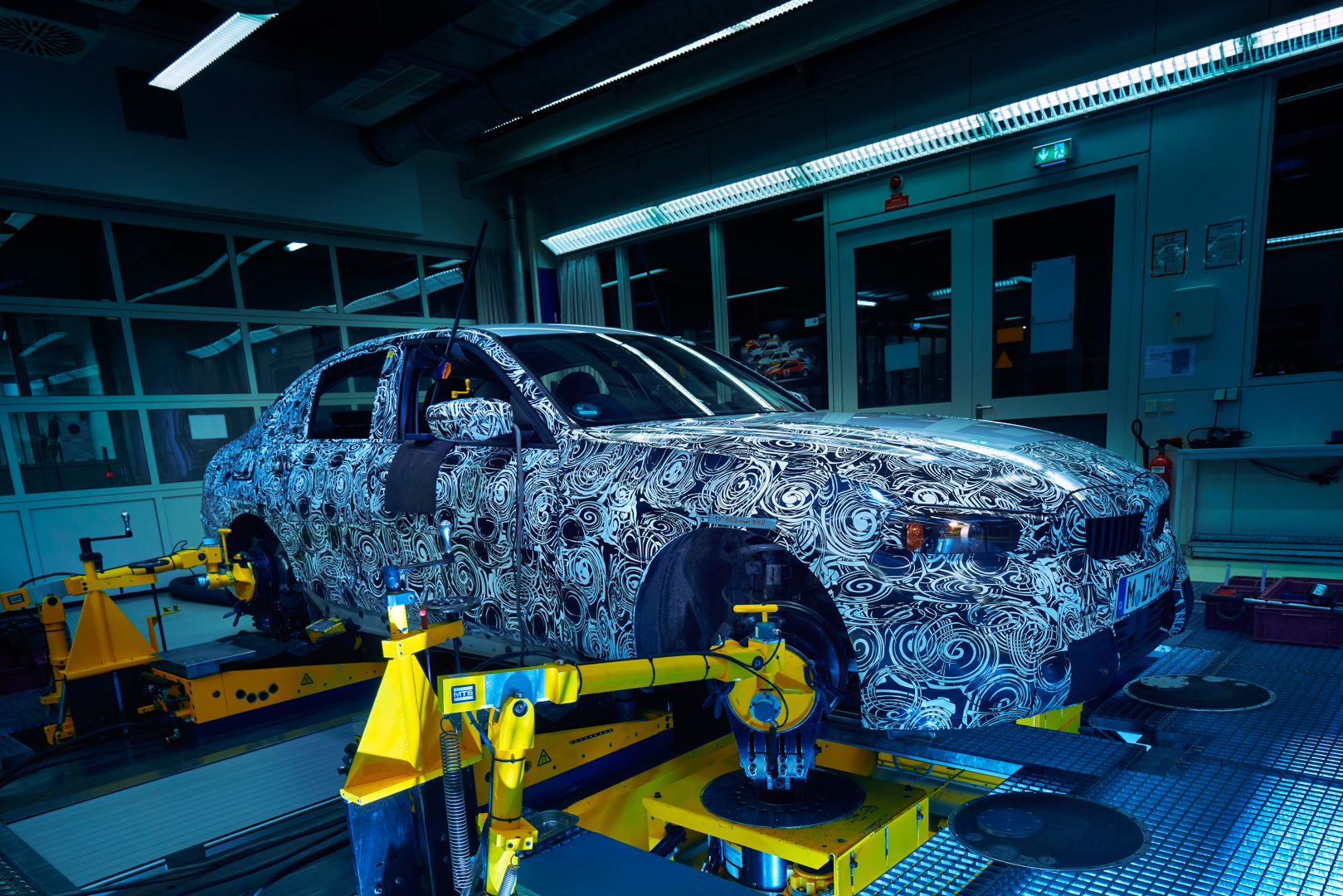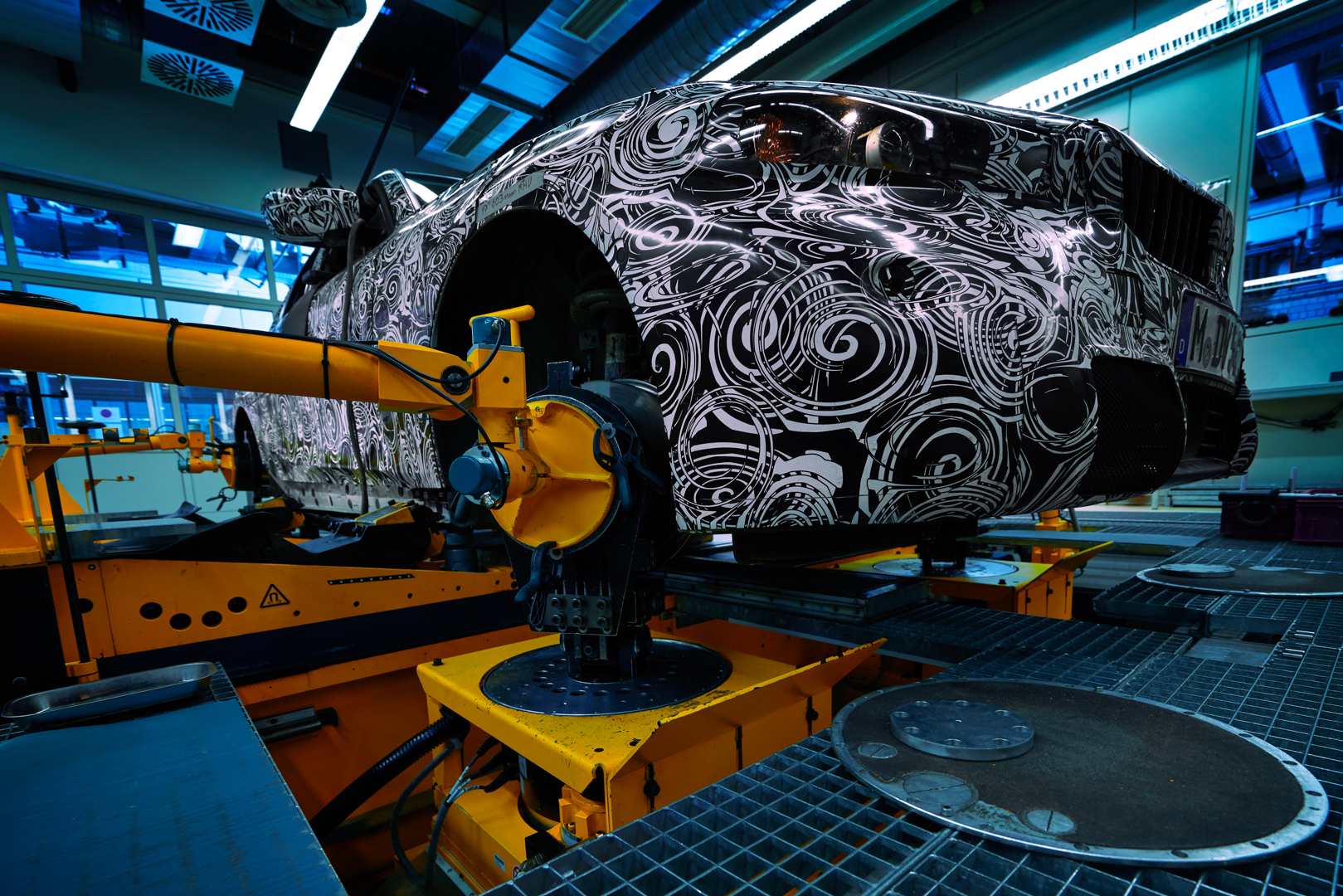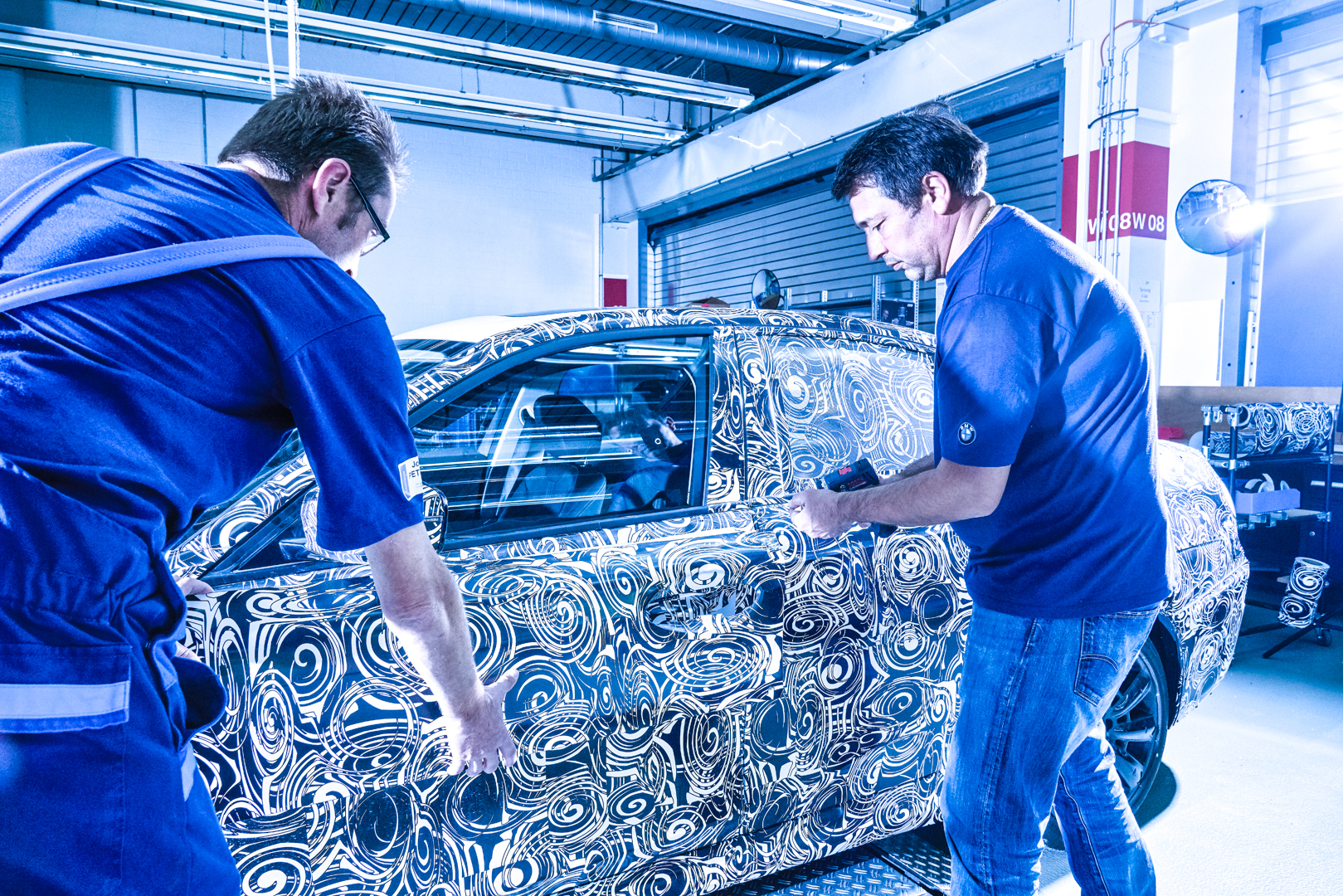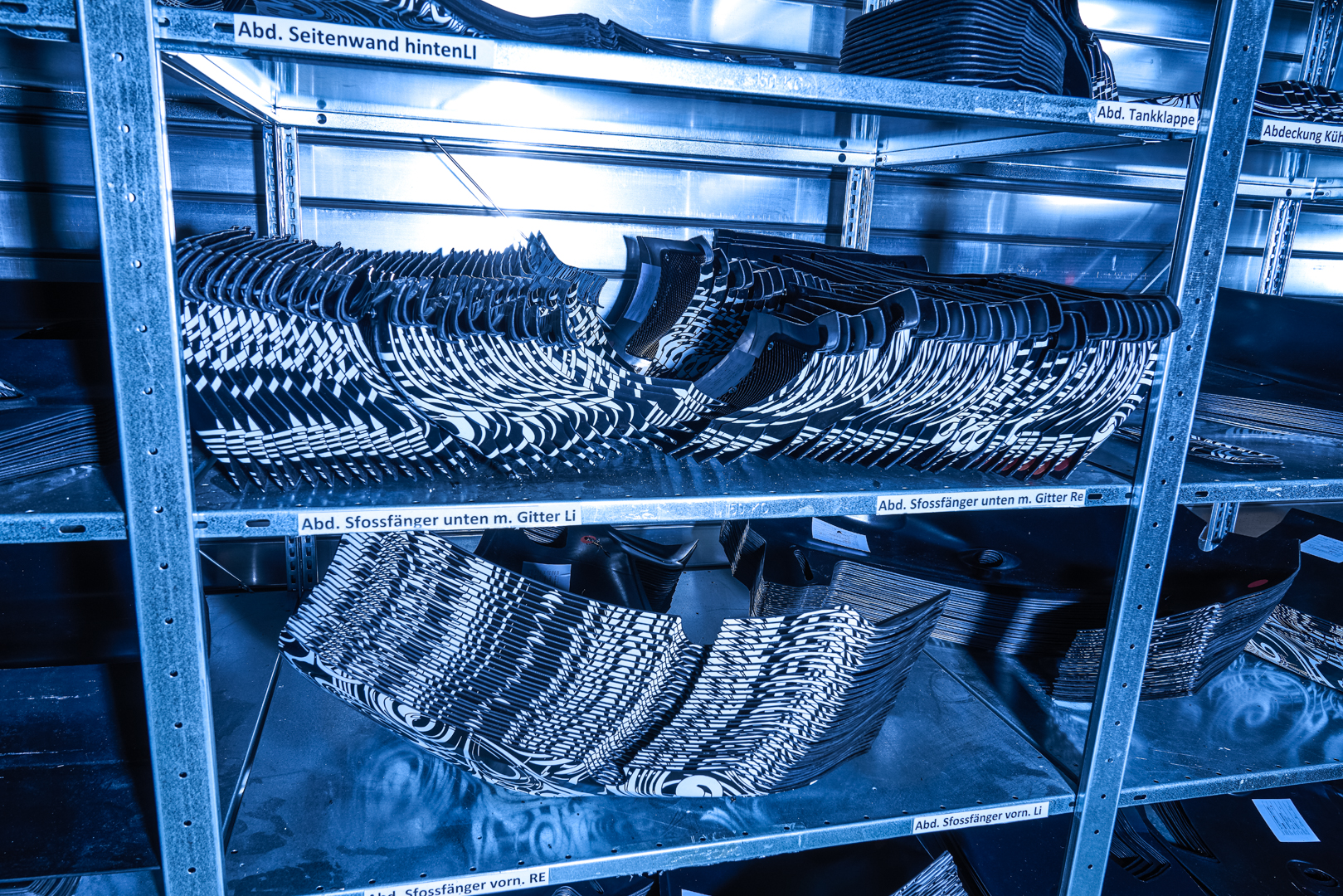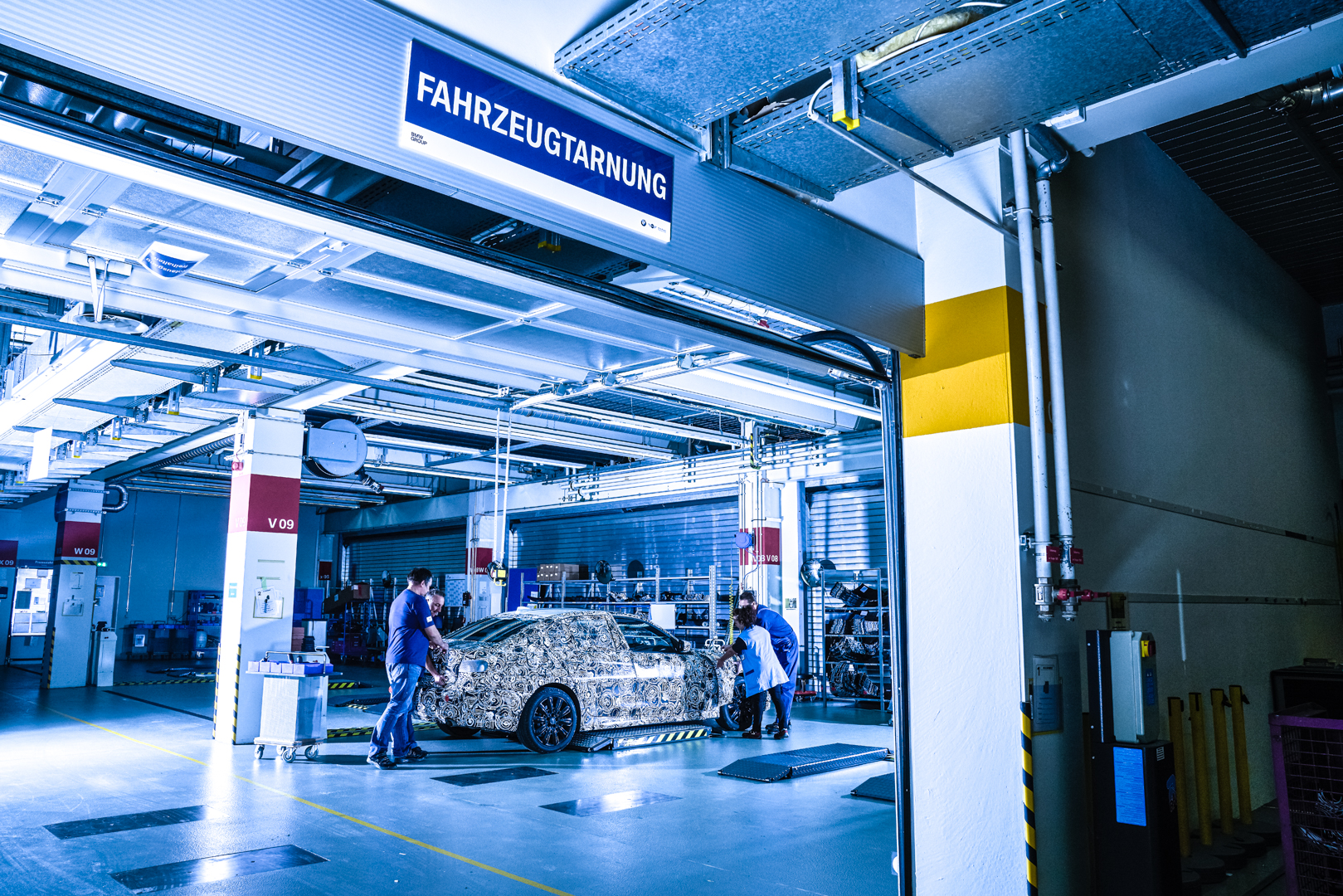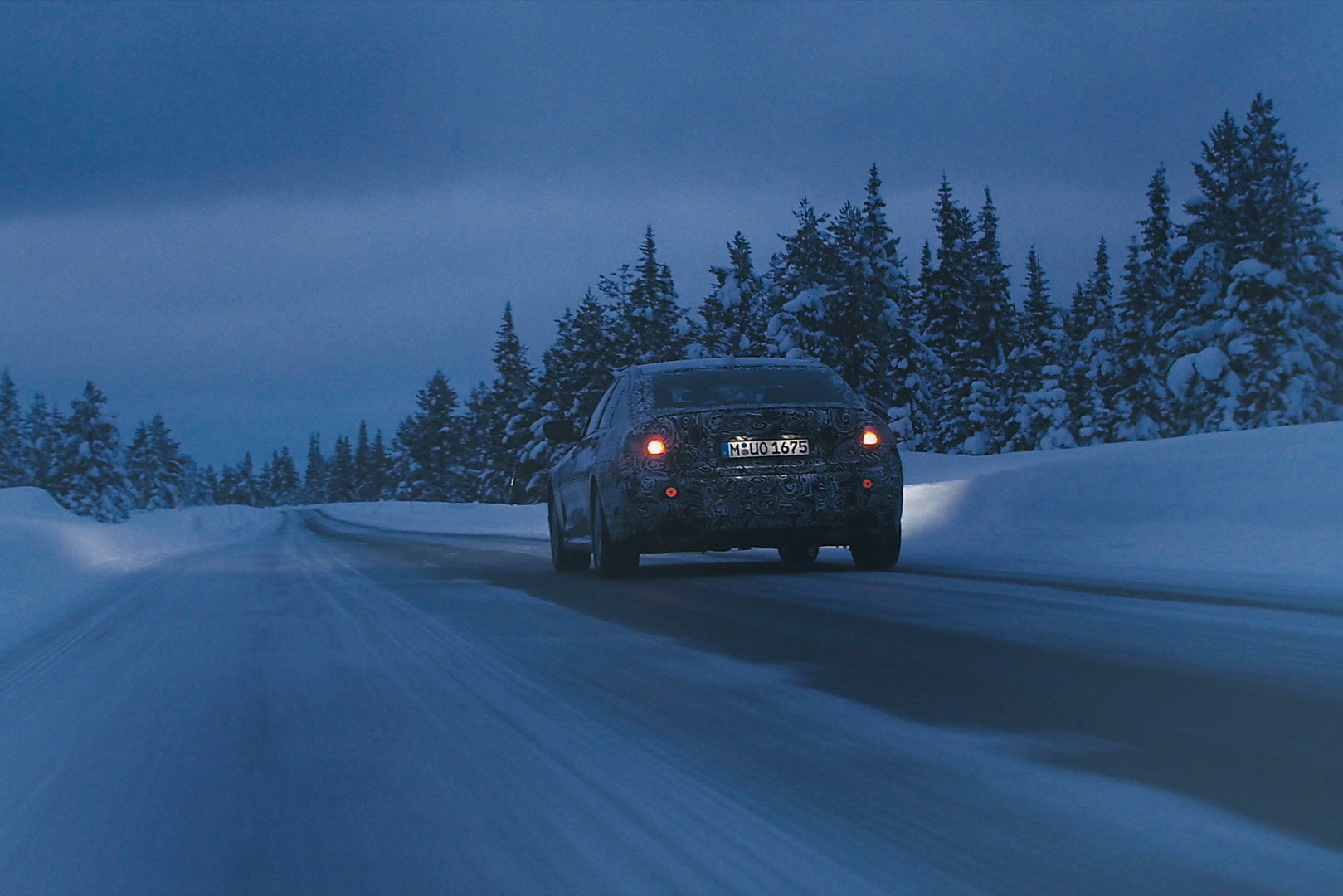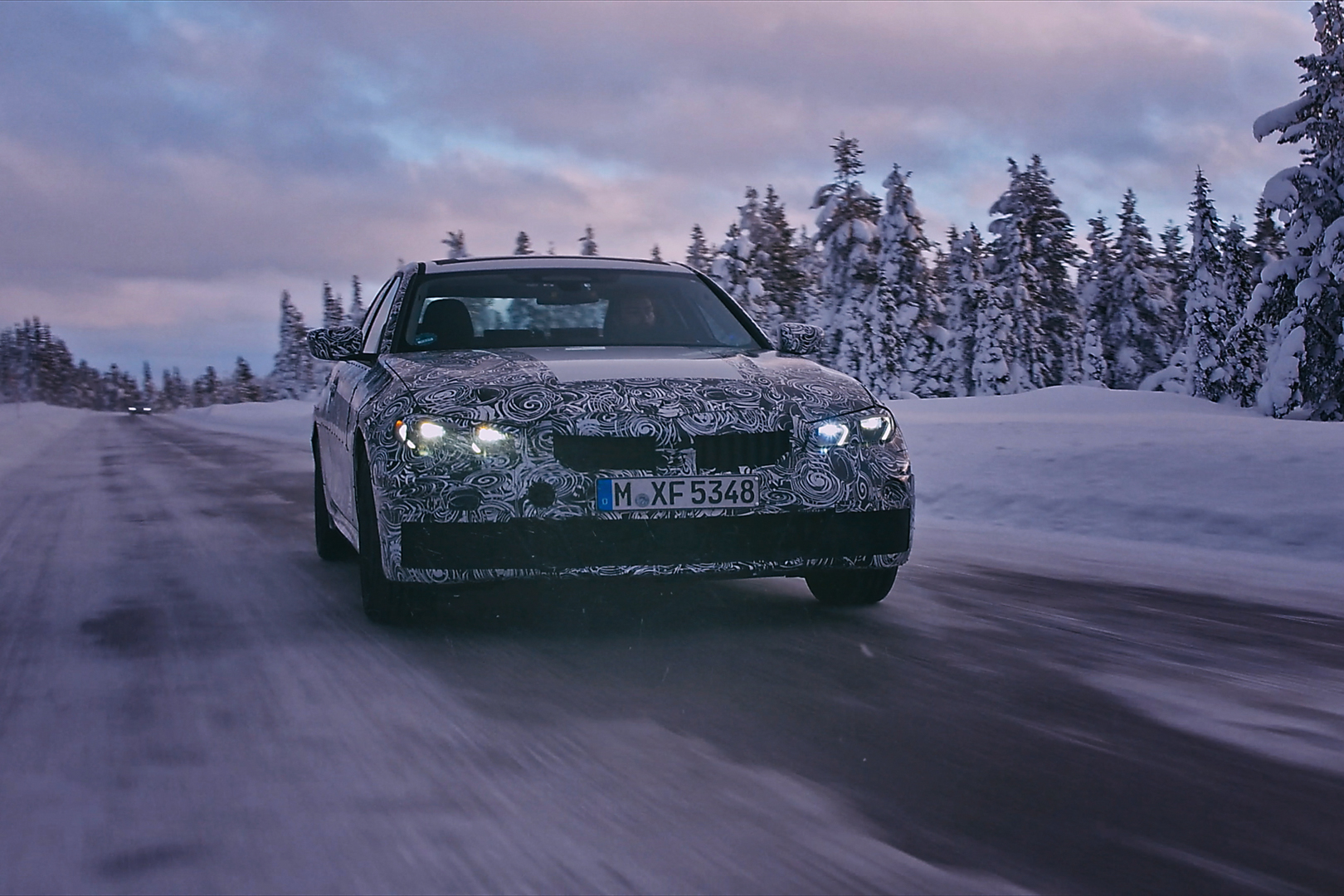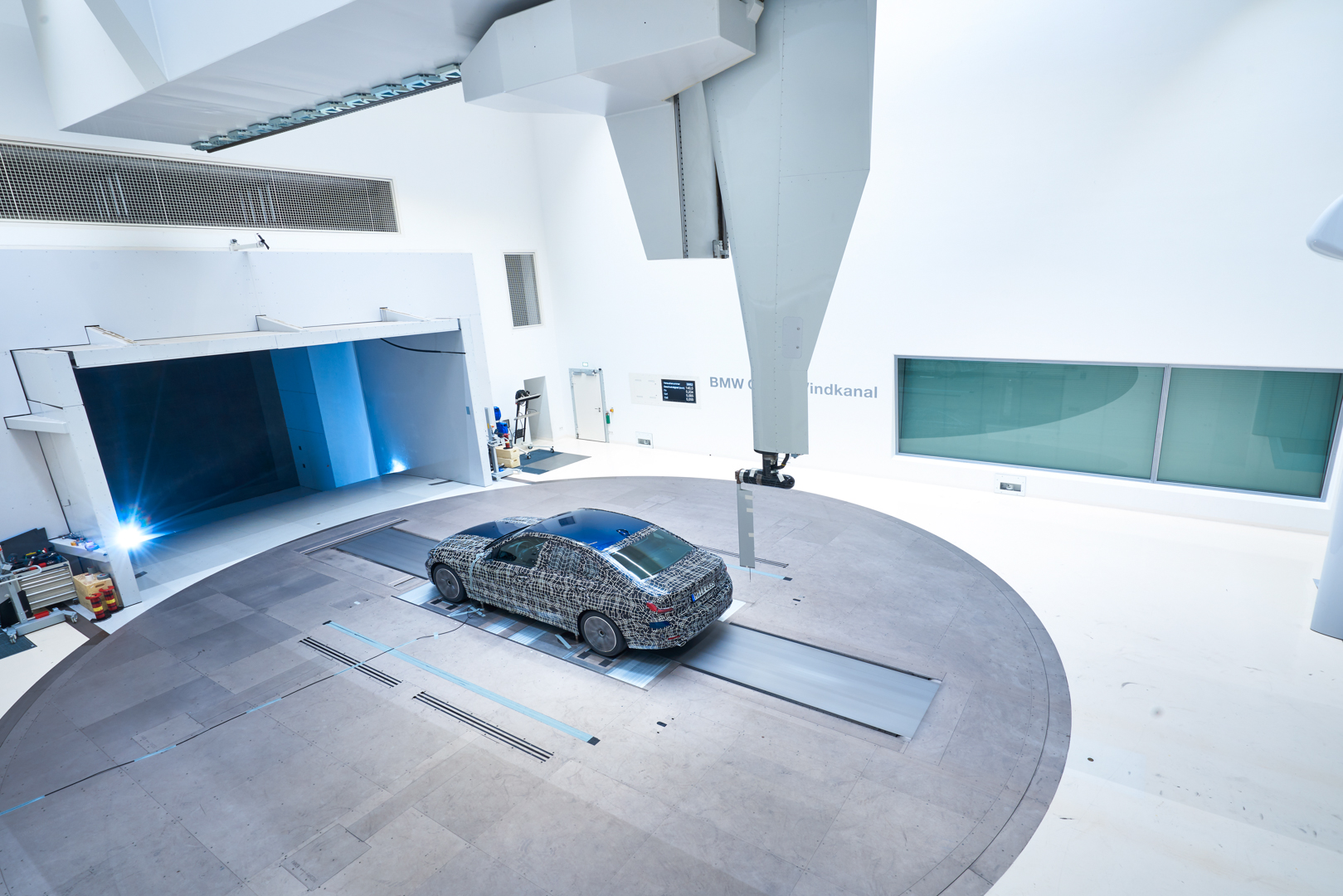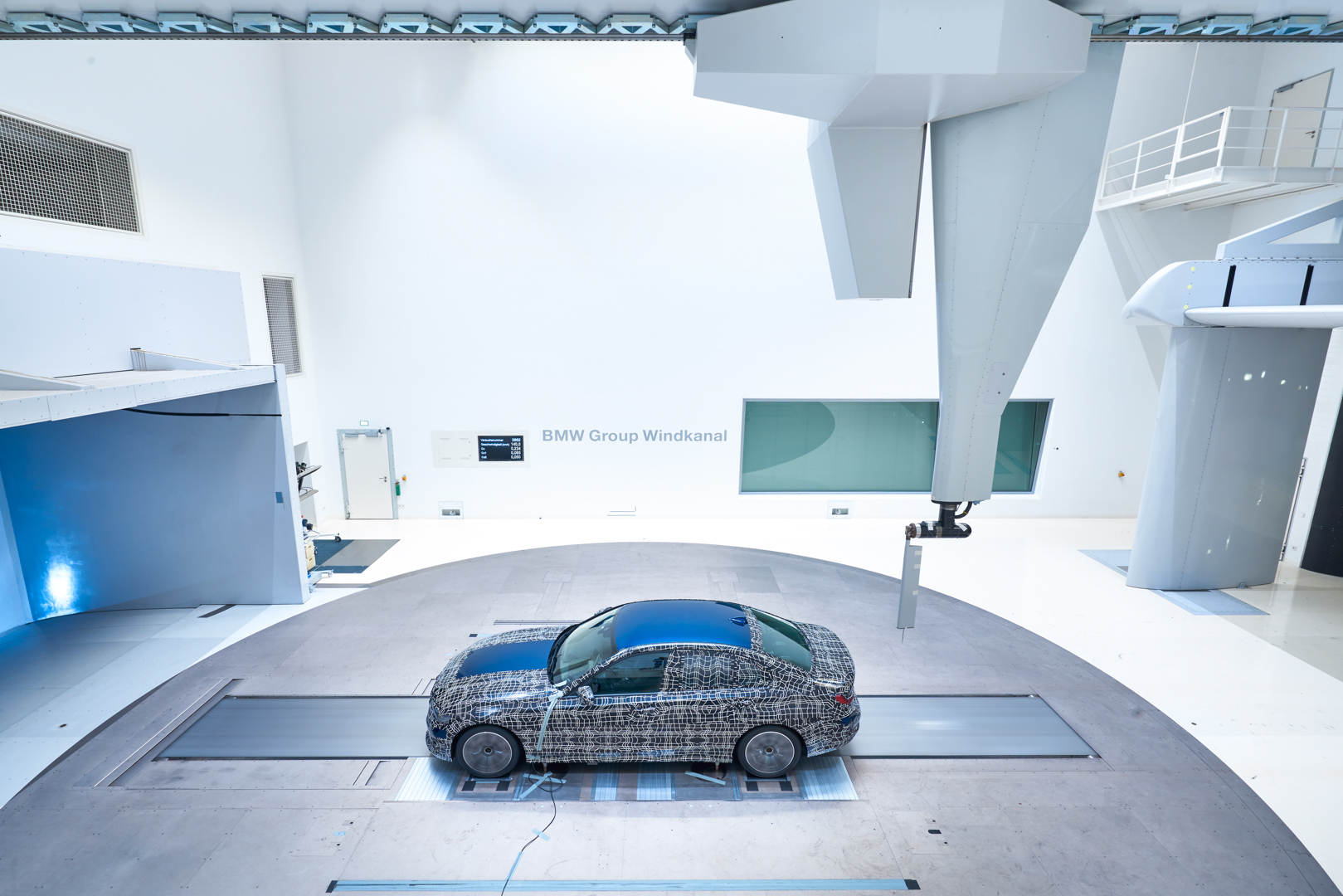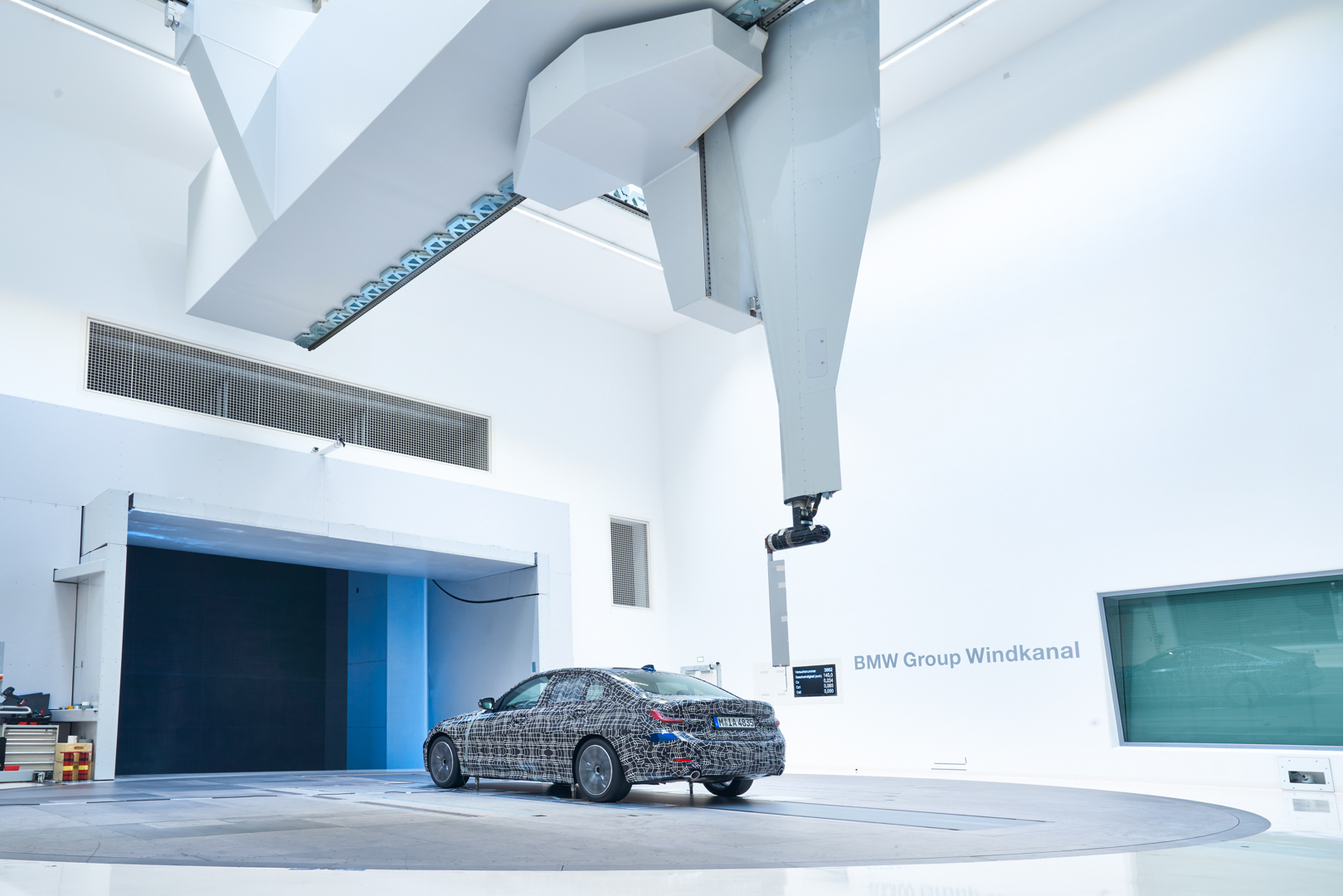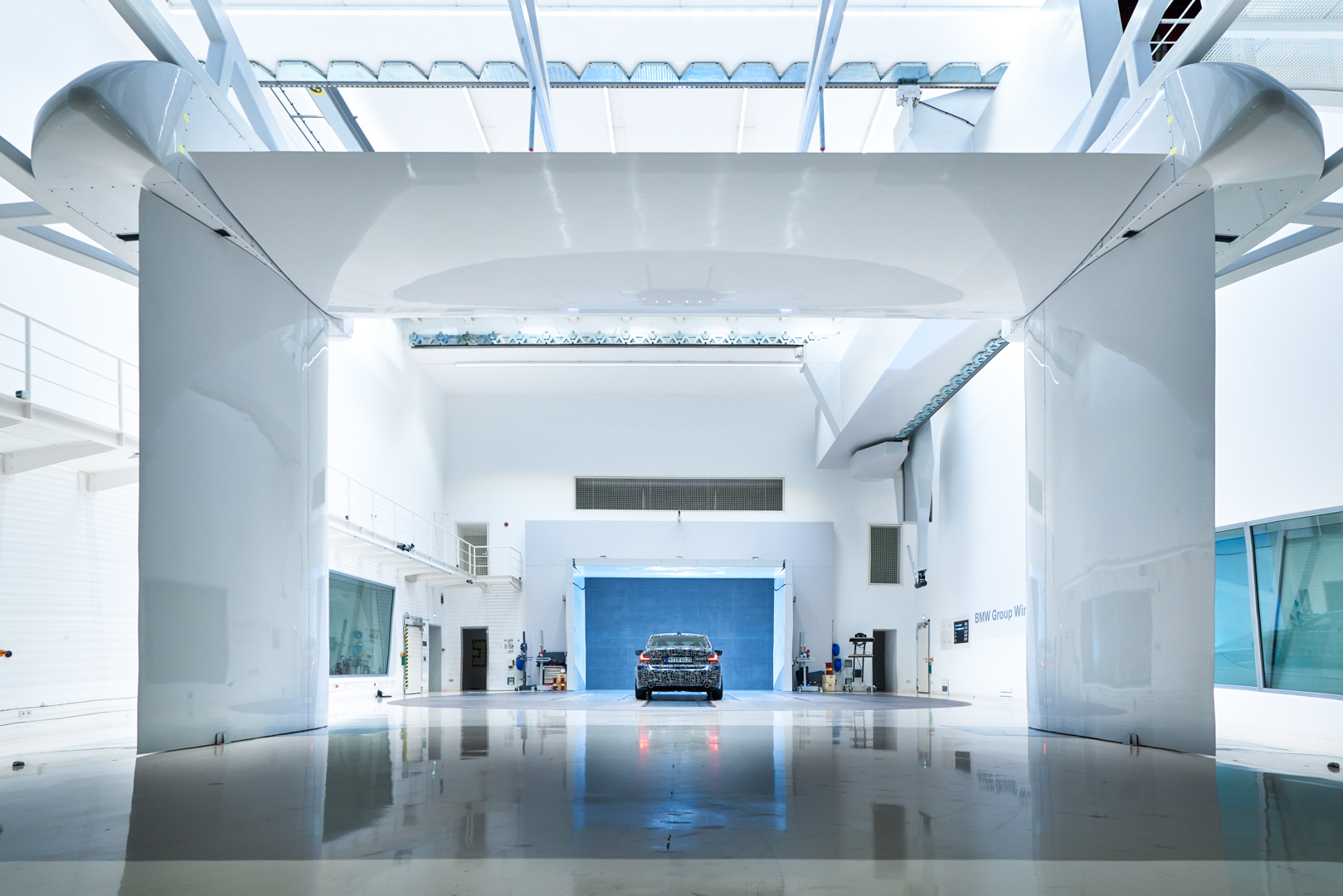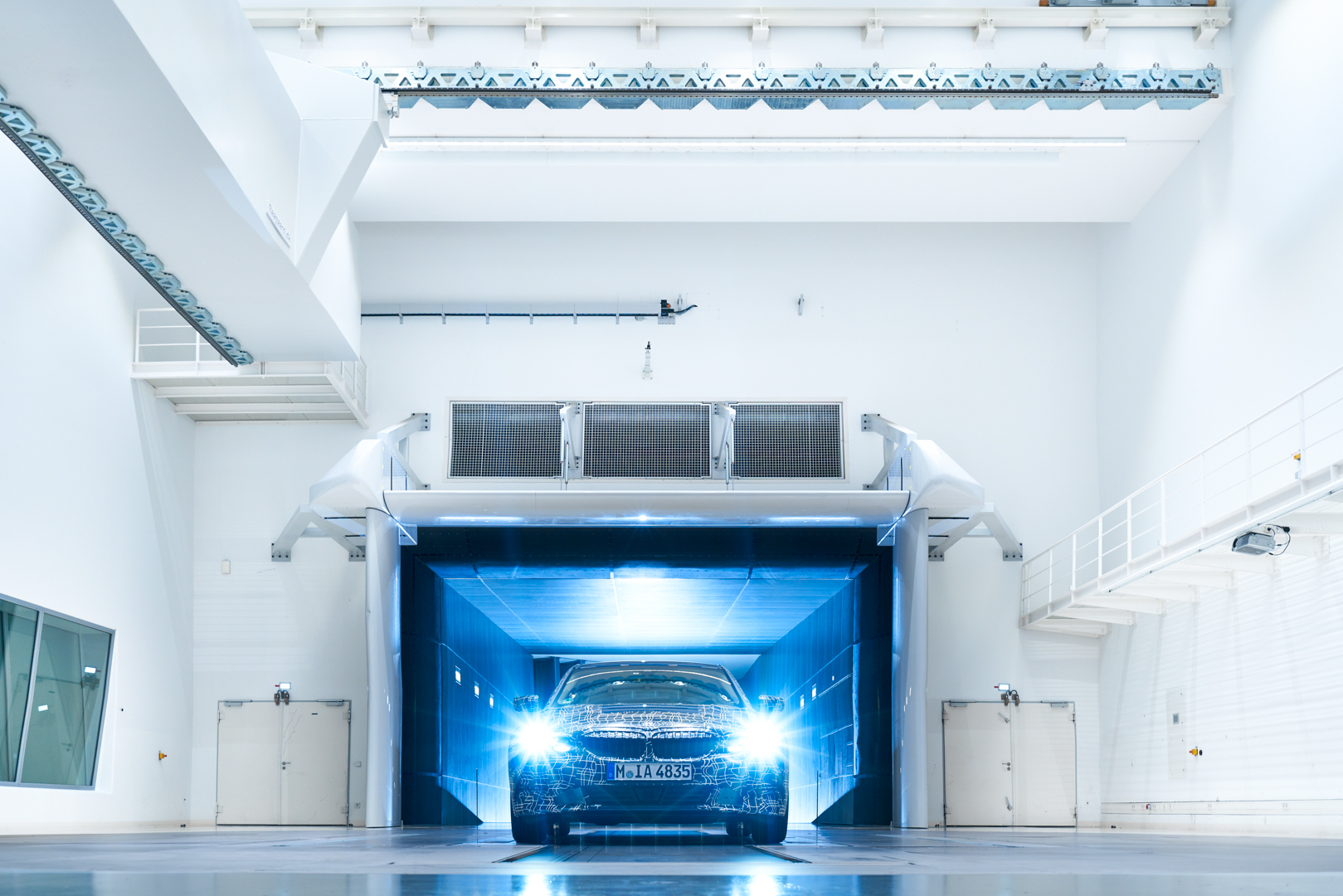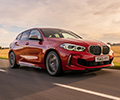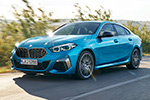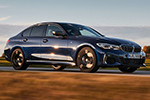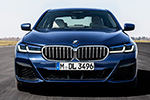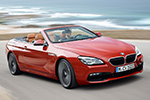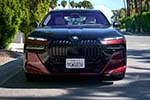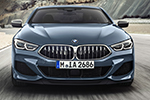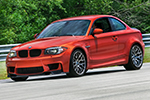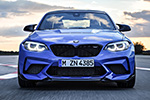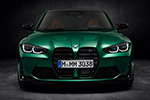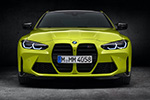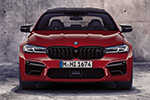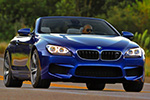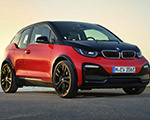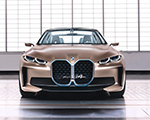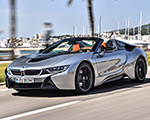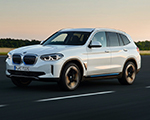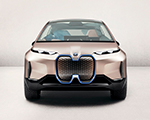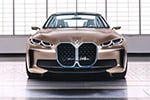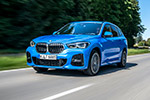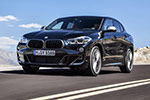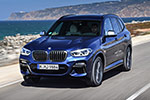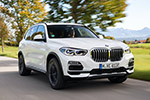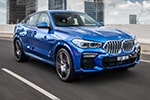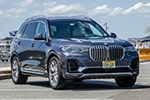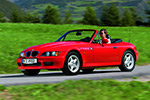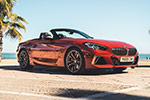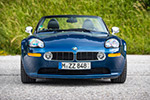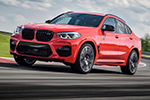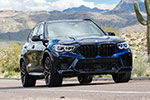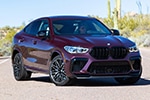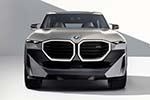Of all the cars in BMW’s near future, the upcoming G20 3 Series is the most important one. By far. It’s not the flagship 8 Series or the high-volume X5 or even the futuristic iNEXT Concept but the humble 3 Series. That’s because the 3er is the most popular and most successful BMW by a huge margin. So with every new generation, BMW needs to bring its A-Game, especially now that the competition is hotter than ever. With this new G20-gen 3 Series, BMW seems to have really stepped it up and, because of that, it’s getting intense with its media of it.
All cars go through vigorous testing processes. Car companies must make sure that the car they’re about to release can withstand the rigors of driving in the real world for many years to come without experiencing any issues. The 3 Series is no different. Yet BMW decided to share that process with the world.
This final phase of testing, where the G20 3 Series gets put through the most extreme of paces, seems like it would brake most cars. Sub-zero temperatures, searing heat, ice, snow gravel and sand are all thrown at the new 3er before it can be deemed production-ready. This is to insure that no matter what customers encounter, the car can handle it with ease.
For the heat test, BMW took the G20 3 Series to Death Valley in Nevada to let it bake in the sun for several hours before flipping on the automatic climate control to see how quickly, if at all, it could cool the interior down. During these tests, the temperature in the shade would get to 50-degrees Celsius (122-degrees Fahrenheit) and 60-degrees (140-degrees) inside the car. So its climate control system got one helluva workout.
BMW took the G20 3 Series to Sweden to test out its cold-weather merits. Sweden is known for its extremely harsh winters, with sub-zero temperatures and snowy, icy roads. The 3 Series went to “Mellanström-Runde”, one of the most popular test routes around Arjeplog, Sweden, mainly to test its DSC, xDrive and limited-slip differential on what BMW called a “glassy” surface of ice.
The Bavarians even decided to test the 3 Series’ electronics by testing it near the electromagnetic rays emitted by the hydroelectric plant at the Hoover Dam. There, BMW was given police permission to blast up and down the 4,000-meter-high serpentine roads of Mount Whitney, to test out its steering, agility and brakes under heavy load.
Finally, we all know that BMW put the G20 3 Series through extensive testing on the track. At Aschheim, Mirimas and the Nurburgring, the new 3er was put through its paces, insuring that the handling and dynamic data found on the road would carry over to the track. While the 3 Series isn’t being designed as a track car, flogging it on track is done to reinforce what was learned on the road.
All of this only backs up the notion that BMW needs to nail this 3 Series. The G20 will face extremely tough competition right out of the gate, with cars like the Alfa Romeo Giulia, Mercedes-Benz C-Class, Jaguar XE and Audi A4 all gunning for the top spot in the segment and all of which deserving of such praise in one way or another. From what we’ve heard from the Bavarians, no expense has been spared in the development of the G20 and we’re expecting big things.



